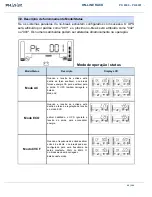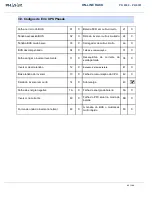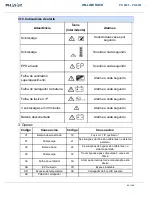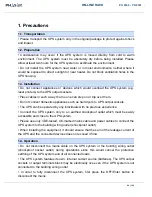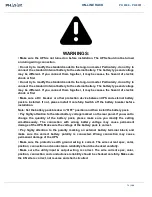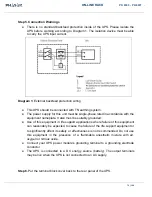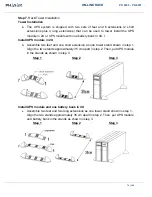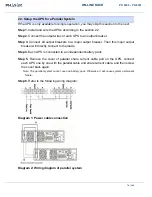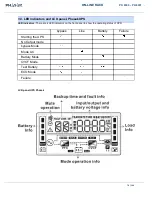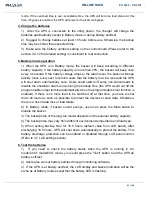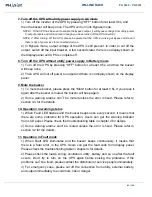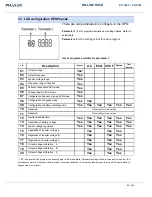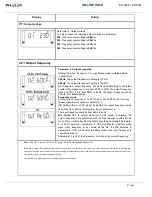
ON-LINE RACK
PH 9360 - PH 9301 .
2.2. Setup the UPS
Step 1.
Make sure the mains wire and breakers in the building are enough for the rated
capacity of UPS to avoid the hazard of electric shock or fire.
Note: Do not use the wall receptacle as the input power source for the UPS, as its rated current is
less than the UPS
‟
s maximum input current. Otherwise the receptacle may be burned and
destroyed.
Step 2.
Switch off the mains switch in the building before installation.
Step 3.
Turn off all the connected devices before connecting to the UPS.
Note 1: The cable for 6K/6KL should be able to withstand over 40A current. It is recommended to use
AWG 10 or
thicker wire for Phase and AWG 8 or thicker wire for Neutral for safety and efficiency.
Note 2: The cable for 10K/10KL should be able to withstand over 63A current. It is recommended to
use AWG 8 or thicker wire for Phase and AWG 8 or thicker wire for Neutral for safety and
efficiency.
Note 3: The selections for color of wires should be followed by the local electrical laws and
regulations.
Step 4.
Remove the terminal block cover on the rear panel of UPS. Then connect the
wires according to the following terminal block diagrams: (Connect the earth wire first
when making wire connection. Disconnect the earth wire last when making wire
disconnection!).
Note 1: Make sure that the wires are connected tightly with the terminals.
Note 2: There are two kinds of outputs: output terminal/outlets and programmable terminal. Please connect
non-critical devices to the programmable terminal and critical devices to the output terminal/outlets. During
power failure, you may extend the backup time to critical devices by setting shorter backup time for non-critical
devices.
Note 3: Please install the output breaker between the output terminal and the load, and the breaker should be
qualified with leakage current protective function if necessary.
72 / 100



